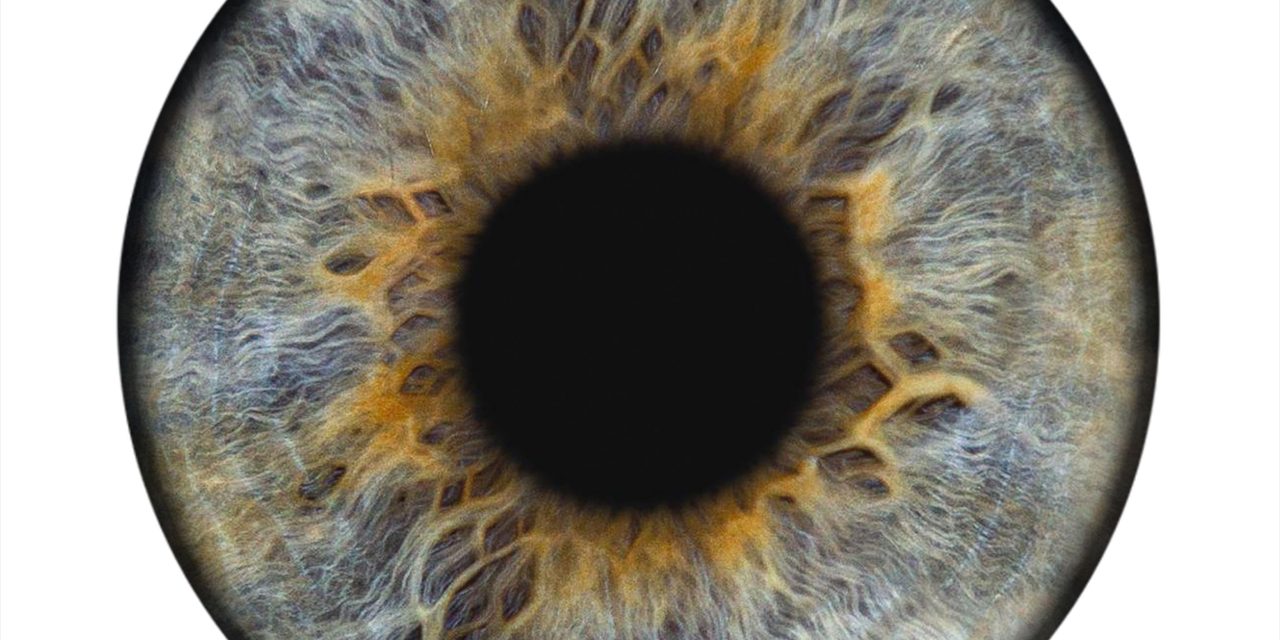Adaptive optics (AO) is employed for the continuous measurement and correction of ocular aberrations. Human eye refractive errors (lower-order aberrations such as myopia and astigmatism) are corrected with contact lenses and excimer laser surgery. Under twilight vision conditions, when the pupil of the human eye dilates to 5-7 mm in diameter, higher-order aberrations affect the visual acuity. The combined use of wavefront (WF) technology and AO systems allows the pre-operative evaluation of refractive surgical procedures to compensate for the higher-order optical aberrations of the human eye, guiding the surgeon in choosing the procedure parameters. Here, we report a brief history of AO, starting from the description of the Shack-Hartmann method, which allowed the first in vivo measurement of the eye’s wave aberration, the wavefront sensing technologies (WSTs), and their principles. Then, the limitations of the ocular wavefront ascribed to the IOL polymeric materials and design, as well as future perspectives on improving patient vision quality and meeting clinical requests, are described.
Advanced Optical Wavefront Technologies to Improve Patient Quality of Vision and Meet Clinical Requests.


